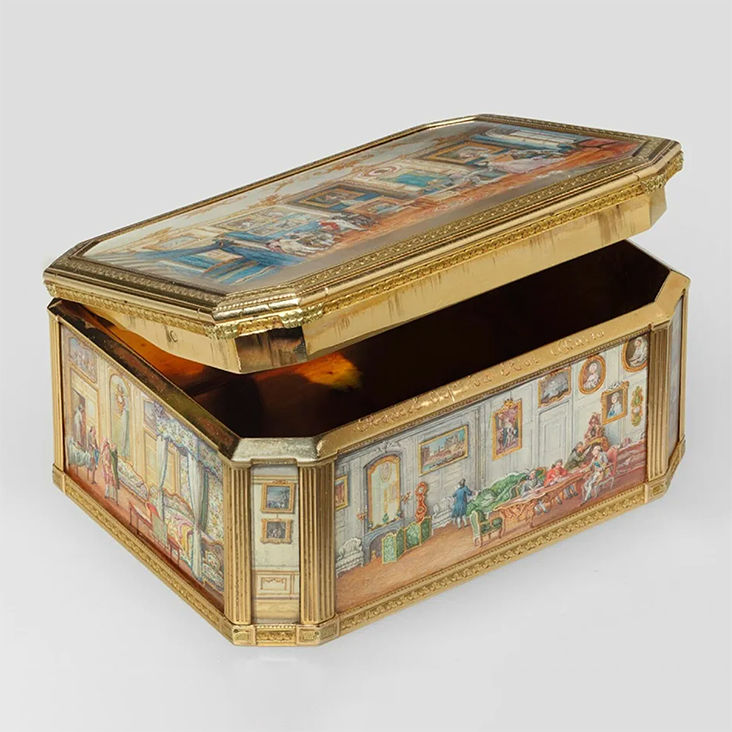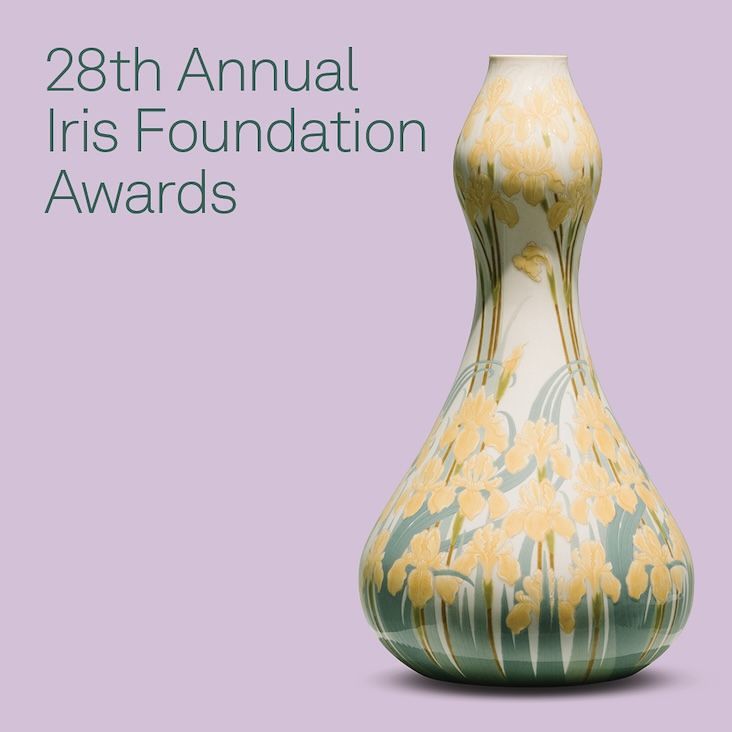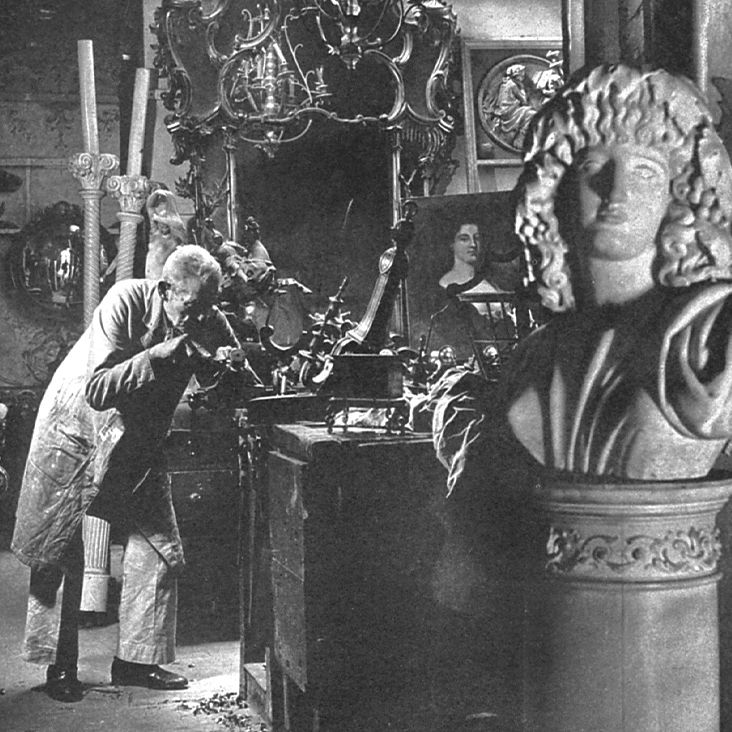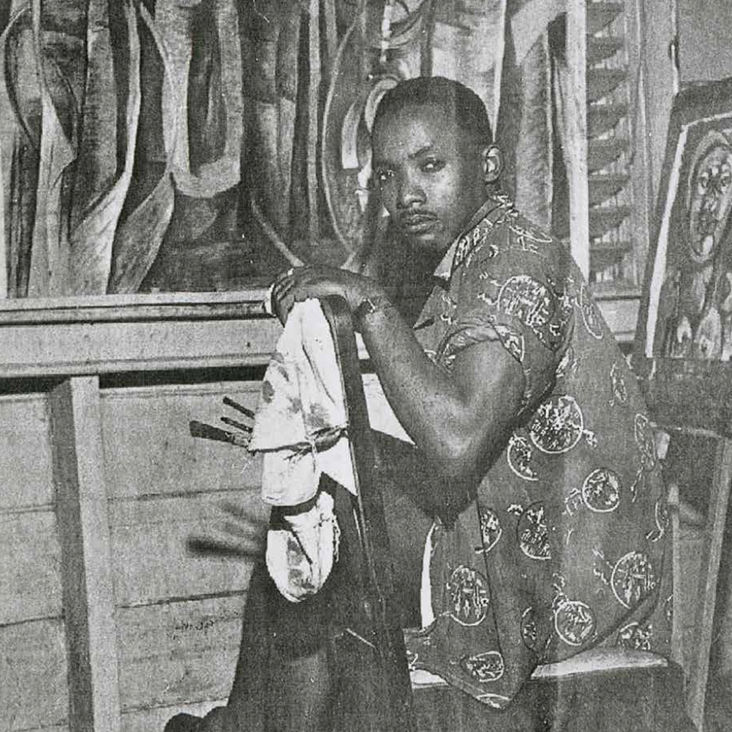Alvar Aalto is known as one of the most versatile midcentury modern designers. Learn about the emergence of his style and its lasting legacy.
Kenneth Frampton was born in 1930 and trained as an architect at the Architectural Association School of Architecture, London. He has worked as an architect and as an architectural historian and critic, and is Ware Professor of Architecture at the Graduate School of Architecture, Planning and Preservation, Columbia University, New York. He has taught at a number of leading institutions in the field, including the Royal College of Art in London, the ETH in Zurich, the Berlage Institute in Amsterdam, EPFL in Lausanne and the Accademia di Architettura in Mendrisio. He is the author of Modern Architecture and the Critical Present (1980), Studies in Tectonic Culture (1995), American Masterworks (1995), Le Corbusier (2001), Labour, Work & Architecture (2005), and most recently, L’Altro Movimento Moderno (2015) and A Genealogy of Modern Architecture: Comparative Critical Analysis of Built Form (2015). He is currently at work on an expanded fifth edition of Modern Architecture: A Critical History.[no-indent] Eeva-Liisa Pelkonen, associate professor at Yale School of Architecture, where she teaches design, history, and theory of architecture and directs the Masters of Environment program. Ms. Pelkonen’s scholarly work focuses on twentieth-century European and American architecture with interest in the genesis and meaning of architectural form within various national and historical contexts. Ms. Pelkonen is the author of Achtung Architektur! Image and Phantasm in Contemporary Austrian Architecture (MIT Press, 1996) and Alvar Aalto: Architecture, Modernity and Geopolitics (Yale University Press, 2009); a coeditor of Eero Saarinen: Shaping the Future (Yale, 2006) and Architecture + Art: New Visions, New Strategies (Aalto Academy, 2007); and editor of Kevin Roche: Architecture as Environment (Yale, 2011). She is currently a design associate with Turner Brooks Architects, where she has collaborated on such projects as the Gilder Boathouse for Yale and the Pelkonen/Brooks residence.





















